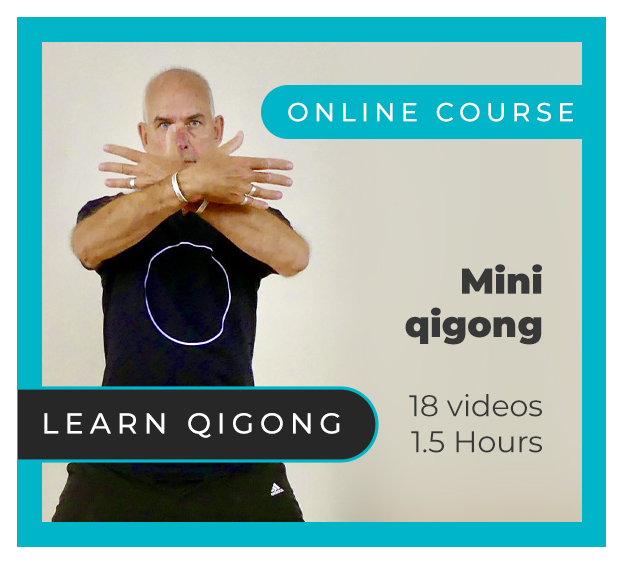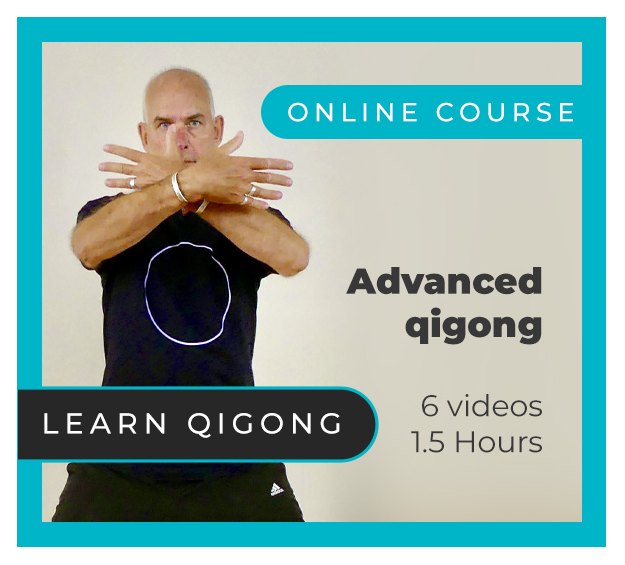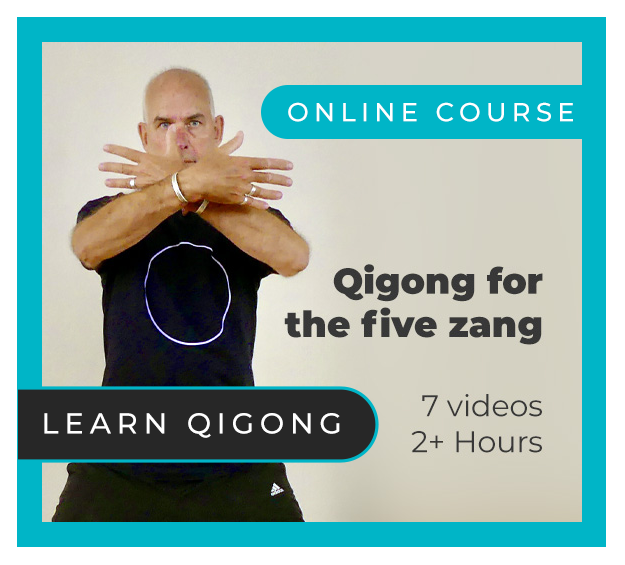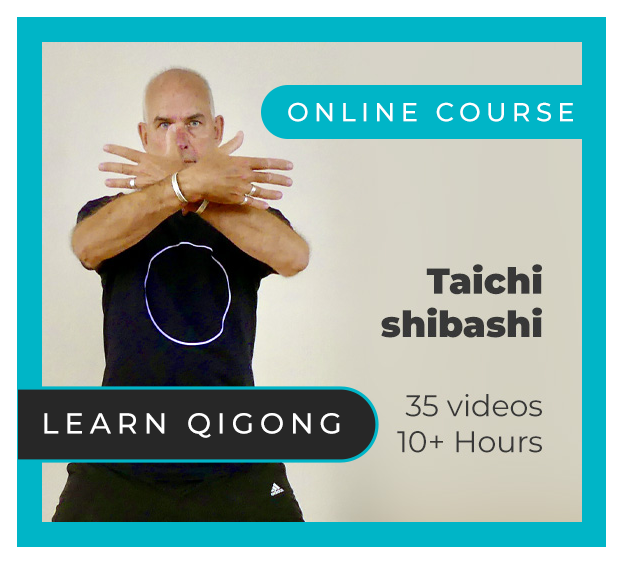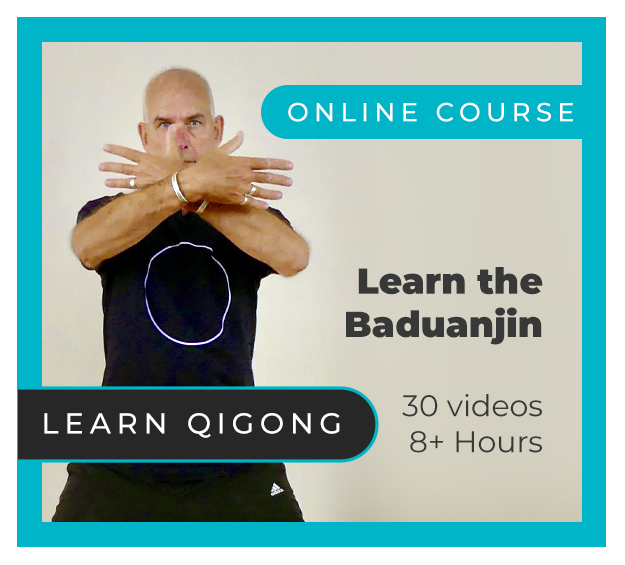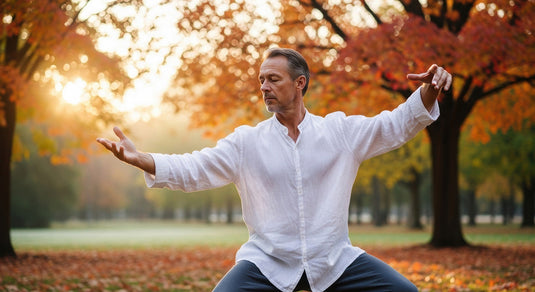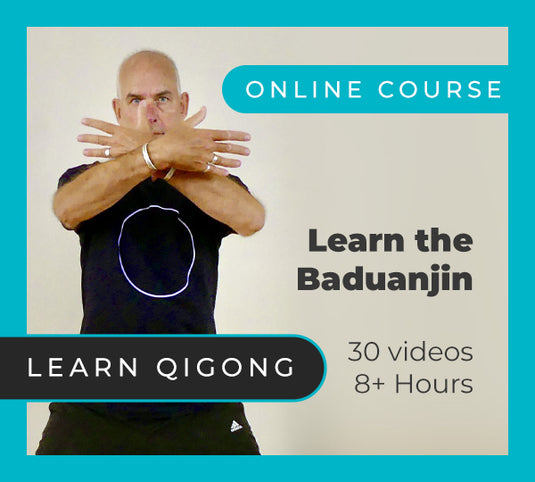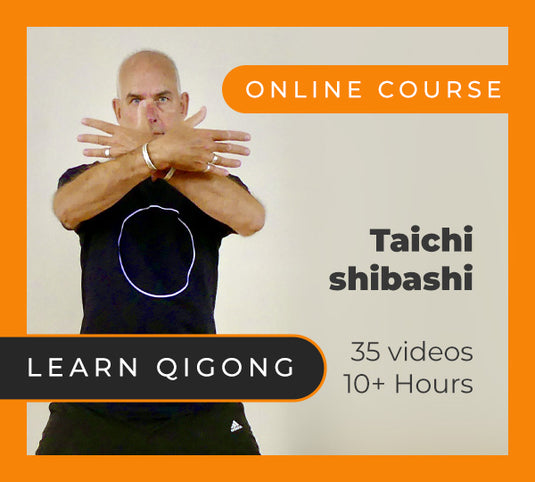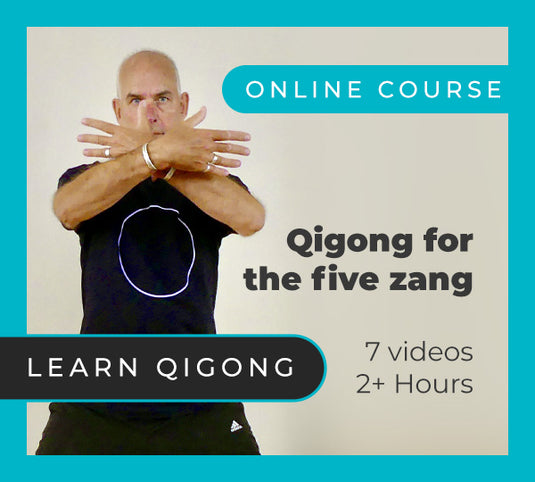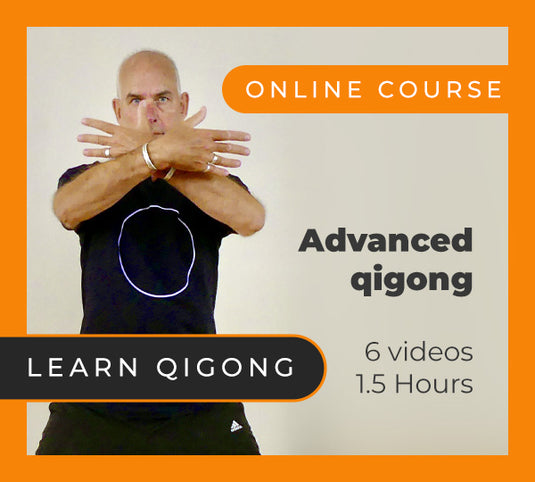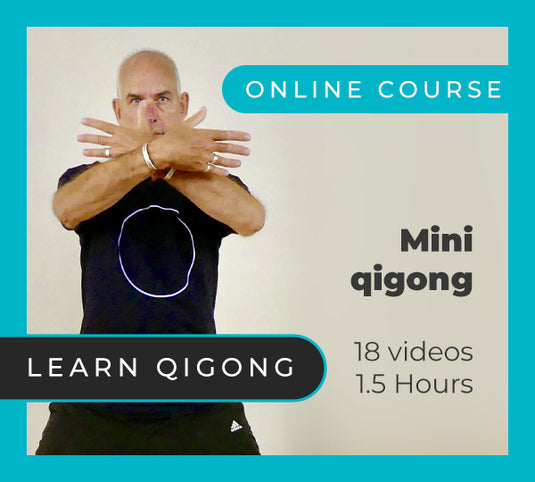I have been a dedicated practitioner of qigong for around 25 years and I can honestly say that year on year my understanding of and gratitude for the Chinese internal exercise tradition grows. A million words can be written about many different ways it benefits the body-mind, but here I’d like to focus on the vital importance of free flow – of qi and blood in Chinese medicine, and blood in Western medicine.
It’s a bit of a generalisation, but a simplistic view of how to promote free flow tends to prevail in much discussion of exercise. This is to place aerobic demand on the body so the heart, lungs and muscles work harder and blood flow accelerates. And of course there is a lot of merit in this. I find that some of the stiller/quieter forms of internal practice don’t on their own offer enough vigorous movement. While the more vigorous internal martial arts such as bagua and xingyi offer this (raising the pulse rate), we will also benefit greatly from adding sport, cycling, hiking, vigorous dancing and so on to our lives.
But there’s much more to free flow than this and two other key aspects are relaxation and ‘loading’.
Loading first, because although I have developed an intuitive understanding of what this means, I’ve only recently come across the term – in a fascinating book called Move Your DNA: Restore Your Health Through Natural Movement by Katy Bowman. Her premise is simple – that our bodies evolved through tens of thousands of years of hunter-gatherer living, in which by necessity we continuously moved our bodies in very complex ways. For example she compares the thousands of bone and muscle adjustments that occur in the feet when we walk barefoot over variable ground, to the limited movements of shod feet on pavements. What is important for free flow/blood circulation, is that every posture and movement we make loads different parts of the body in different ways and these loads play a vital role in promoting blood circulation.
Conventional exercise tends to simplify the loads by emphasising a smallish range of linear movements (e.g. running on a treadmill, cycling, rowing etc.), leaving many large and small areas of the body unloaded and unintegrated. And of course our insanely sedentary lifestyle adds to this. The key, she says (and I am over-simplifying quite a complex book) is to continuously move the body in the richest variety of ways. It may be that no formal practice achieves this as well as something like hiking up and down hill on complex terrain (preferably in foot sensitive shoes) where constant adjustments to pretty much every part of the body have to be made. But the Chinese internal exercise tradition gets pretty close. I was lying awake last night, for example, thinking of the numerous different finger/hand/arm/leg/foot movements I go through when practising five animal qigong, bagua, taichi qigong, eight brocades and more.
And finally softness/relaxation. A flexible body has been shown to result in flexible blood vessels – a further requirement for good blood flow. This is why a counterintuitive practice such as standing qigong (standing still in a sometimes demanding meditative posture) can make the body – and especially the hands – hot. This is because two of the key elements of the practice are deep, slow, diaphragmatic breathing (stimulating parasympathetic ‘rest and relax’ nervous system activity) on the one hand, and responding to stagnation in the form of pain and discomfort by working to ‘dissolve’ it away on the other. This softness in the midst of effort is carried over into moving qigong/taichi etc. and is almost entirely missing in conventional science.
So is this all a load of fanciful mumbo-jumbo? Seemingly not, as the ever-growing body of research evidence seems to show. We’ve just added five new studies to our Journal of Chinese Medicine research archive. They show that taichi (qigong is much less studied for some reason) can benefit cardiovascular disease, chronic pain, rates of falling in older people, and brain-body connections. These five studies, of course, just add to the already deep body of positive research. To view the studies, view here.
If you would like to follow the teaching of Peter Deadman and learn Qigong, explore all of Peter's Online Video Courses available on Vimeo. 
